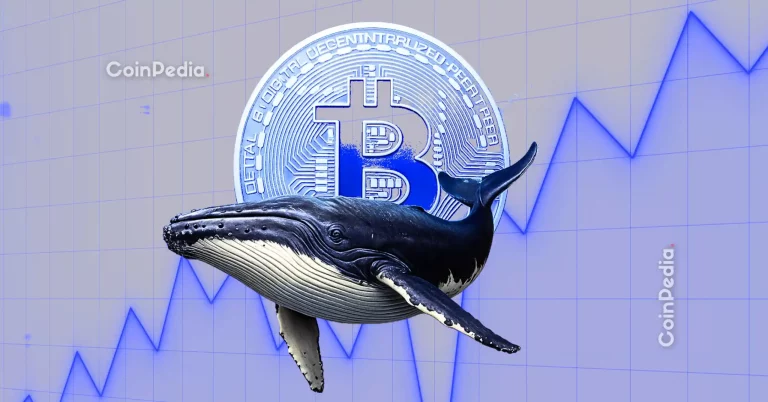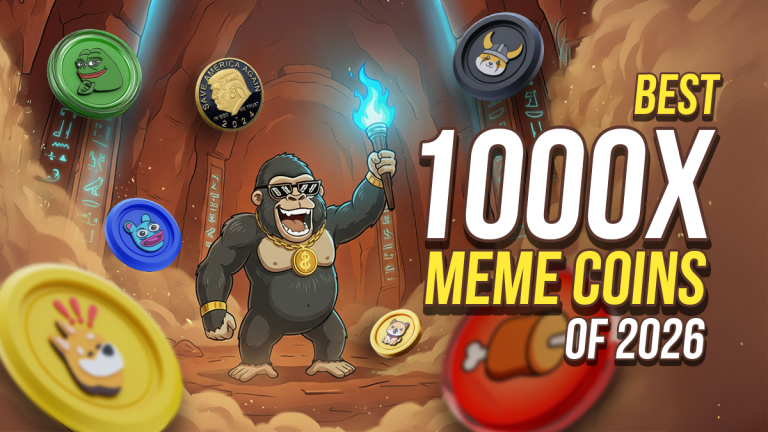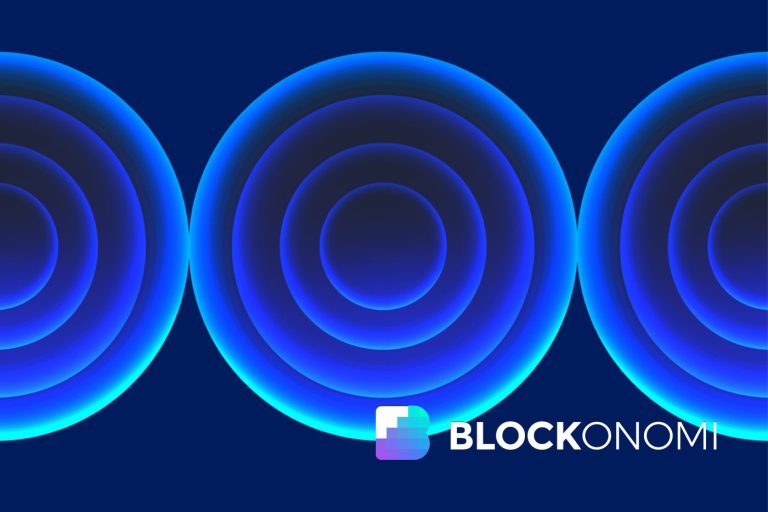
Introduction

Imagination is the gateway to the infinite universe within us. It transcends the physical realm and allows us to explore ideas, dreams, and concepts that go beyond celestial boundaries. This article delves into the facets of imagination, its significance, and how it shapes our understanding of the universe.
The Nature of Imagination
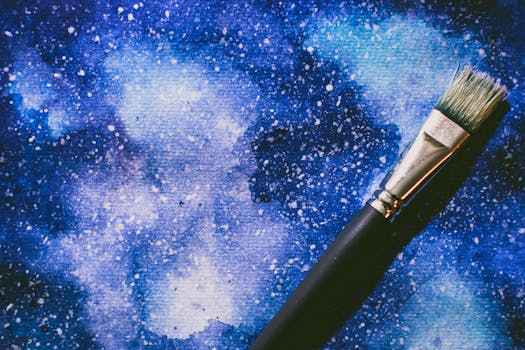
Imagination is not just a fleeting thought; it is a powerful tool that enables us to envision possibilities. It allows us to create art, solve problems, and envision futures. Scientists and artists alike draw upon their imaginations to push the boundaries of what is known. The ability to imagine is what sets humans apart, paving the way for innovation and exploration.
Imagination in Science and Exploration
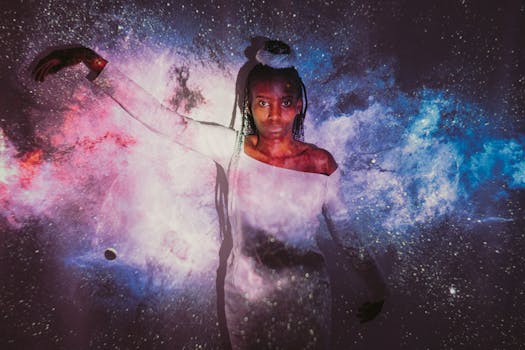
Throughout history, imagination has driven scientific discoveries. From the theories of relativity to the exploration of distant planets, scientists have used their imaginative faculties to hypothesize and innovate. The vastness of space itself invites imagination, as we ponder what lies beyond our solar system. The exploration of the universe is a testament to our desire to understand and expand our horizons.
The Role of Imagination in Art and Culture
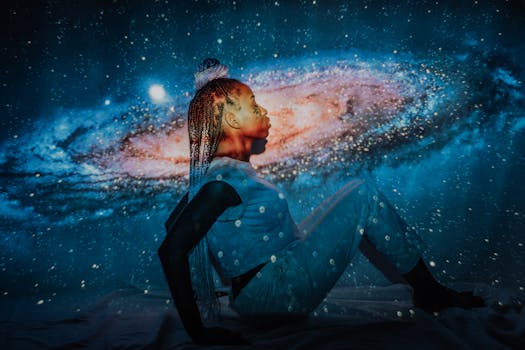
Art is a vivid representation of the imagination. Artists translate their inner visions into tangible forms, whether through painting, music, or literature. Cultural narratives often stem from imaginative storytelling, reflecting the values and beliefs of societies. This section explores how imagination fuels creativity and shapes cultural identity.
Imagination and the Future

As we look to the future, the power of imagination remains crucial. In a rapidly changing world, the ability to think creatively and envision new possibilities is essential for addressing global challenges. By harnessing our imagination, we can innovate solutions that pave the way for a better world, transcending the limitations of our current reality.

